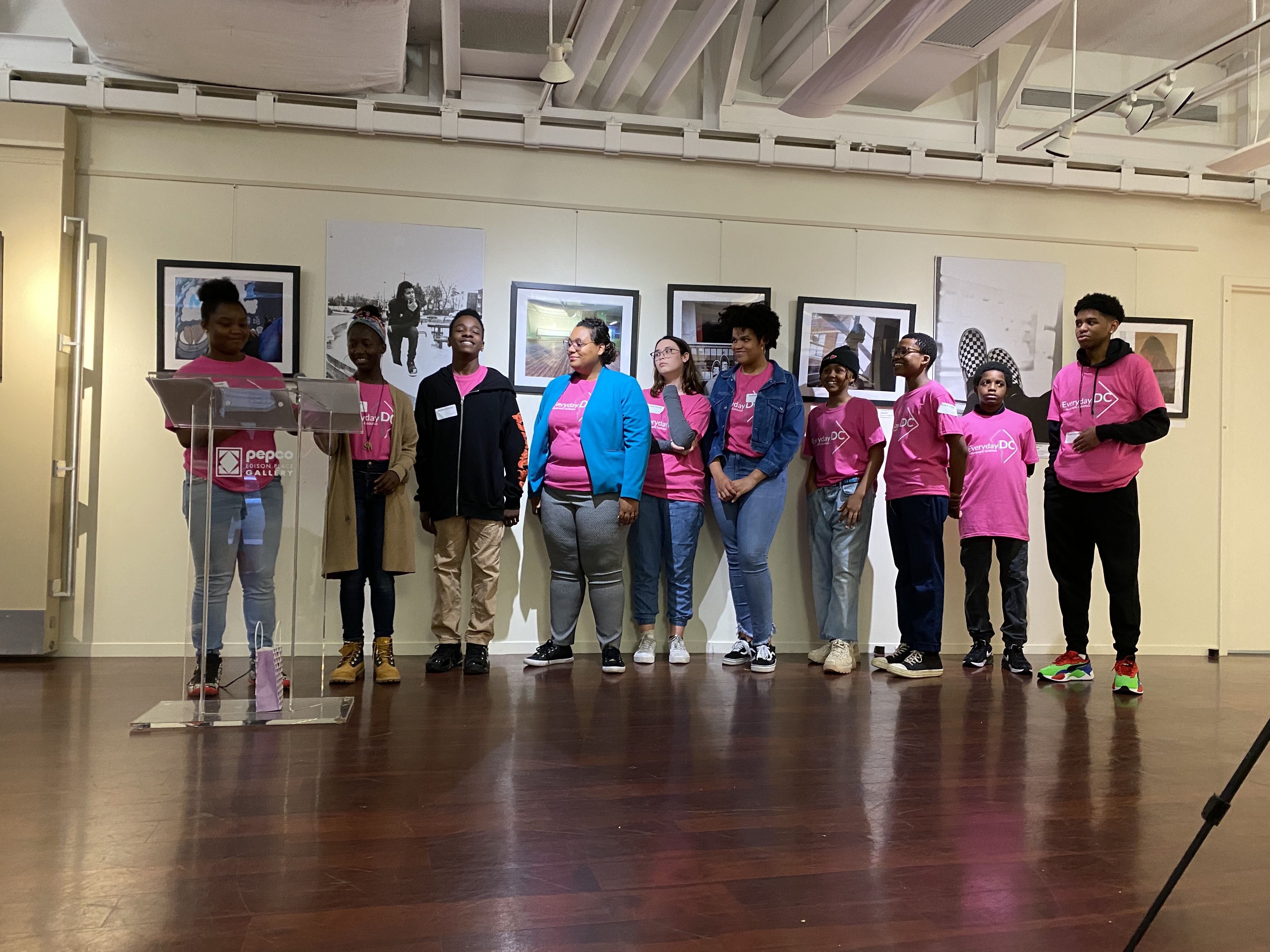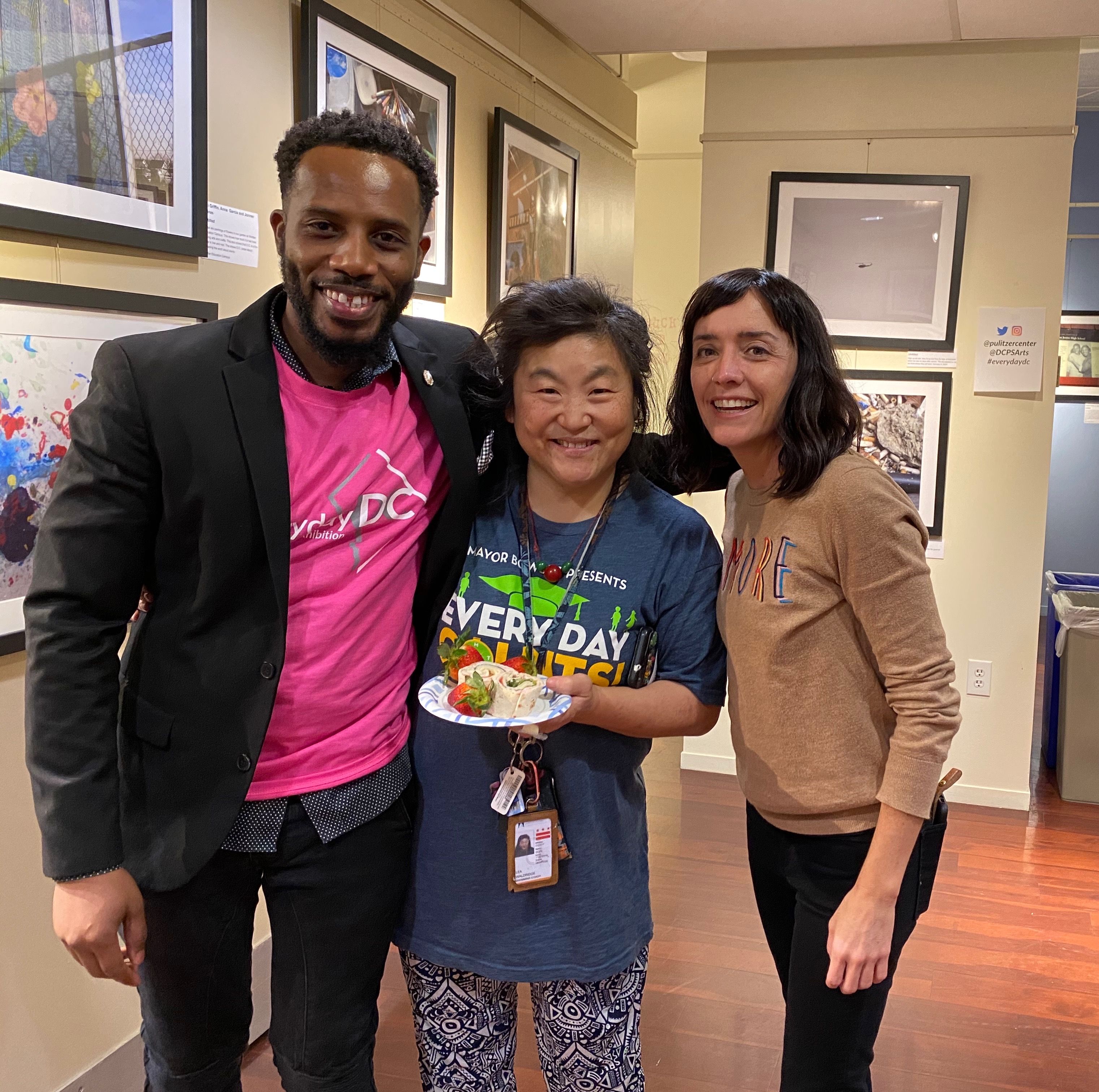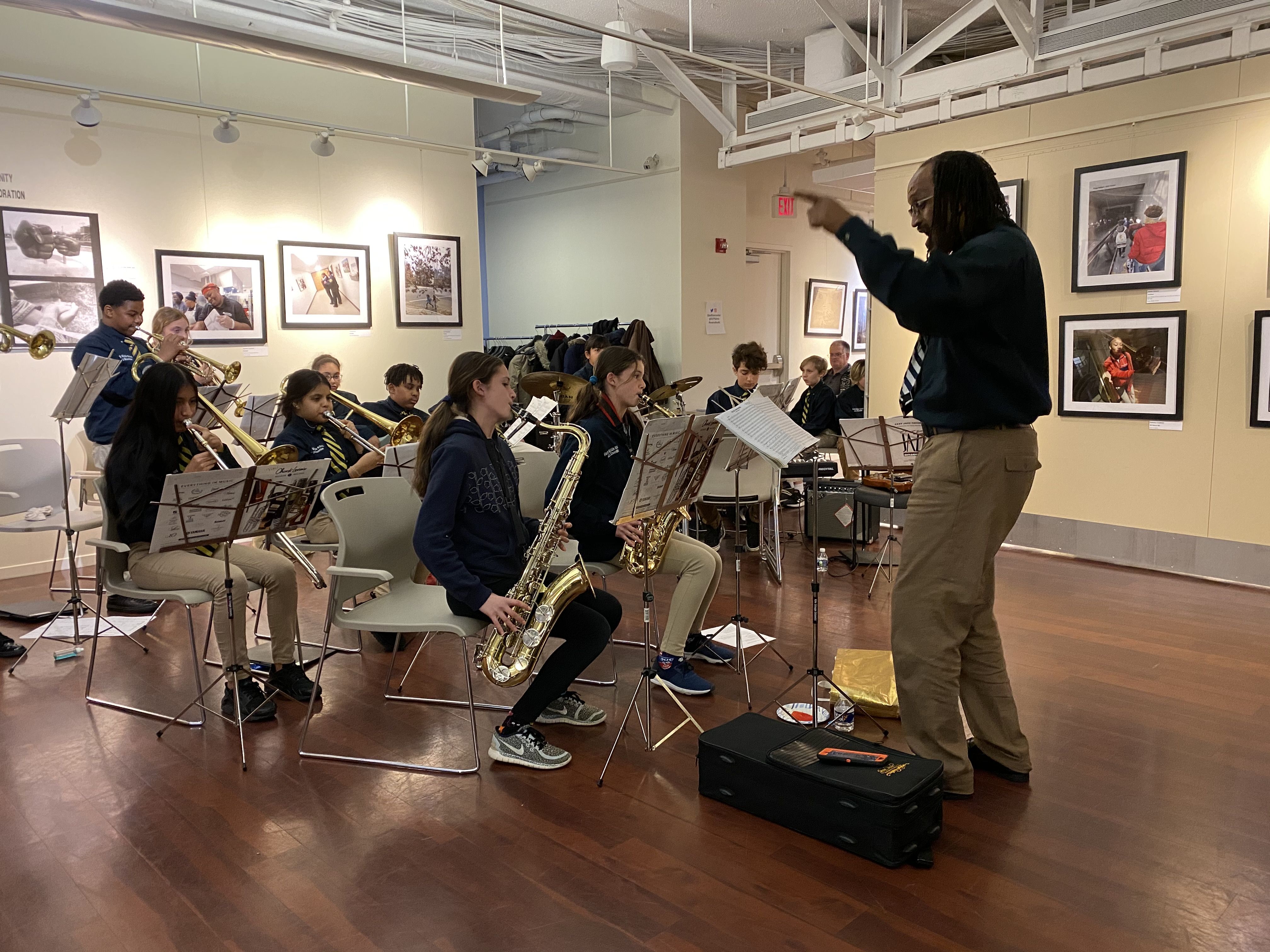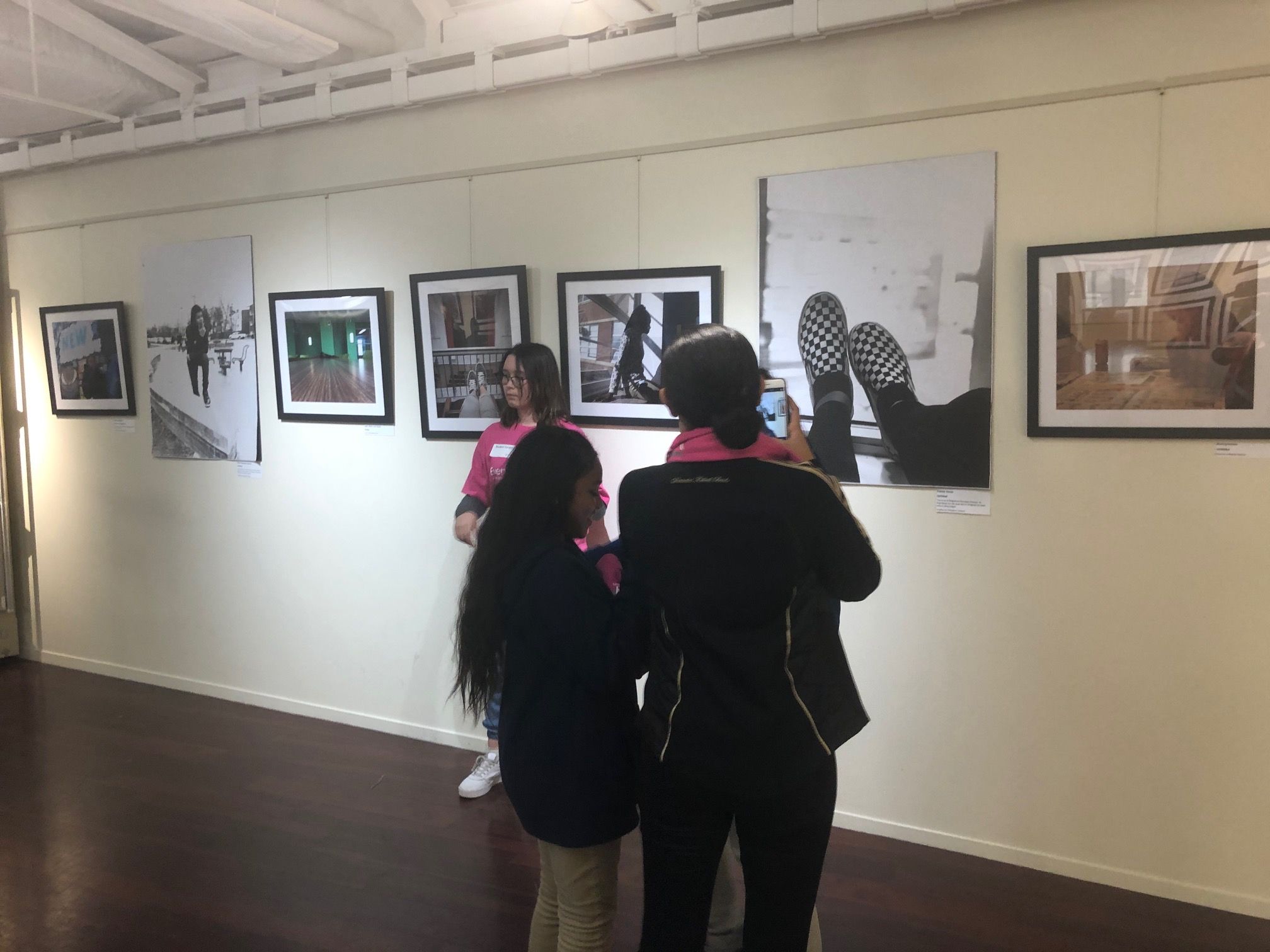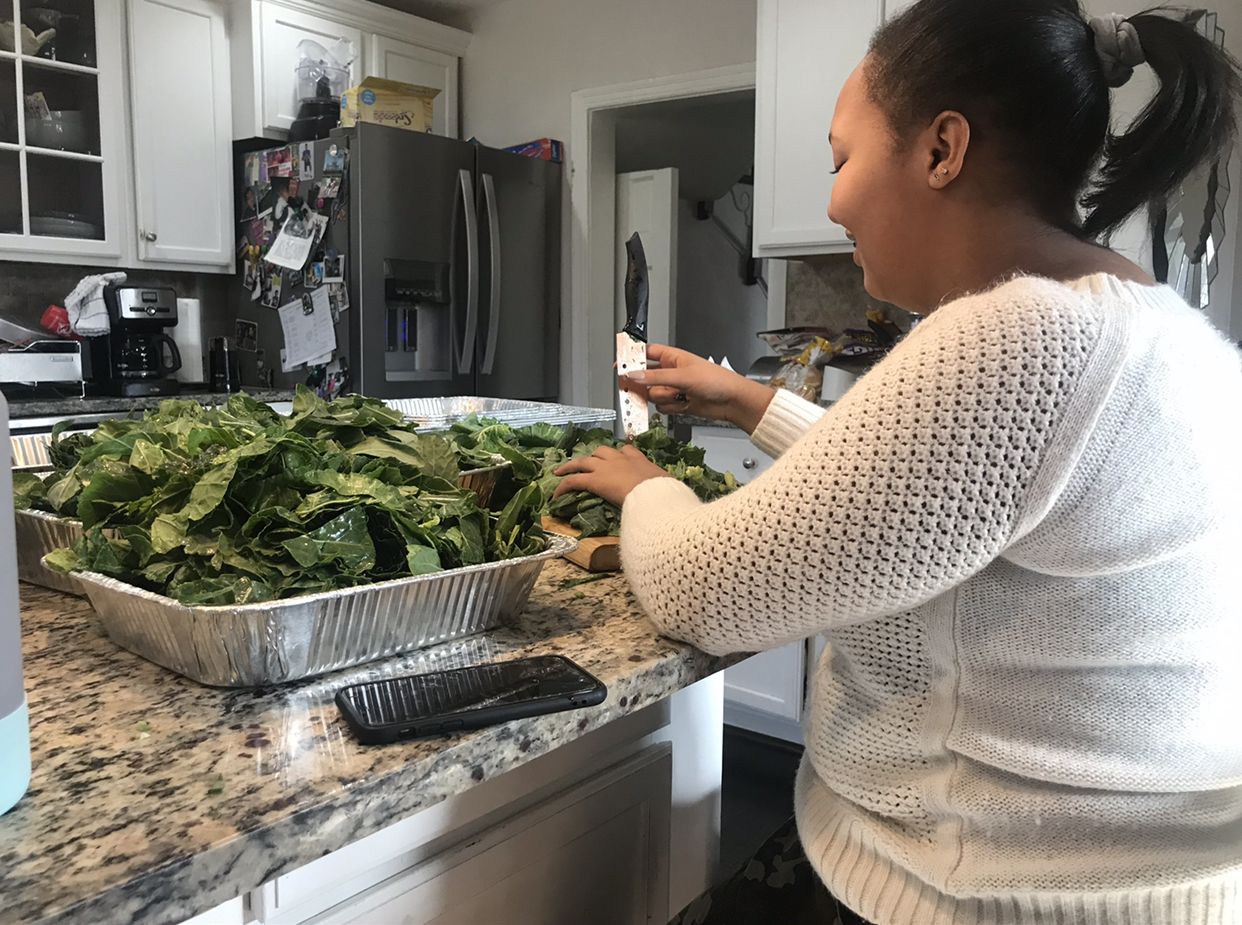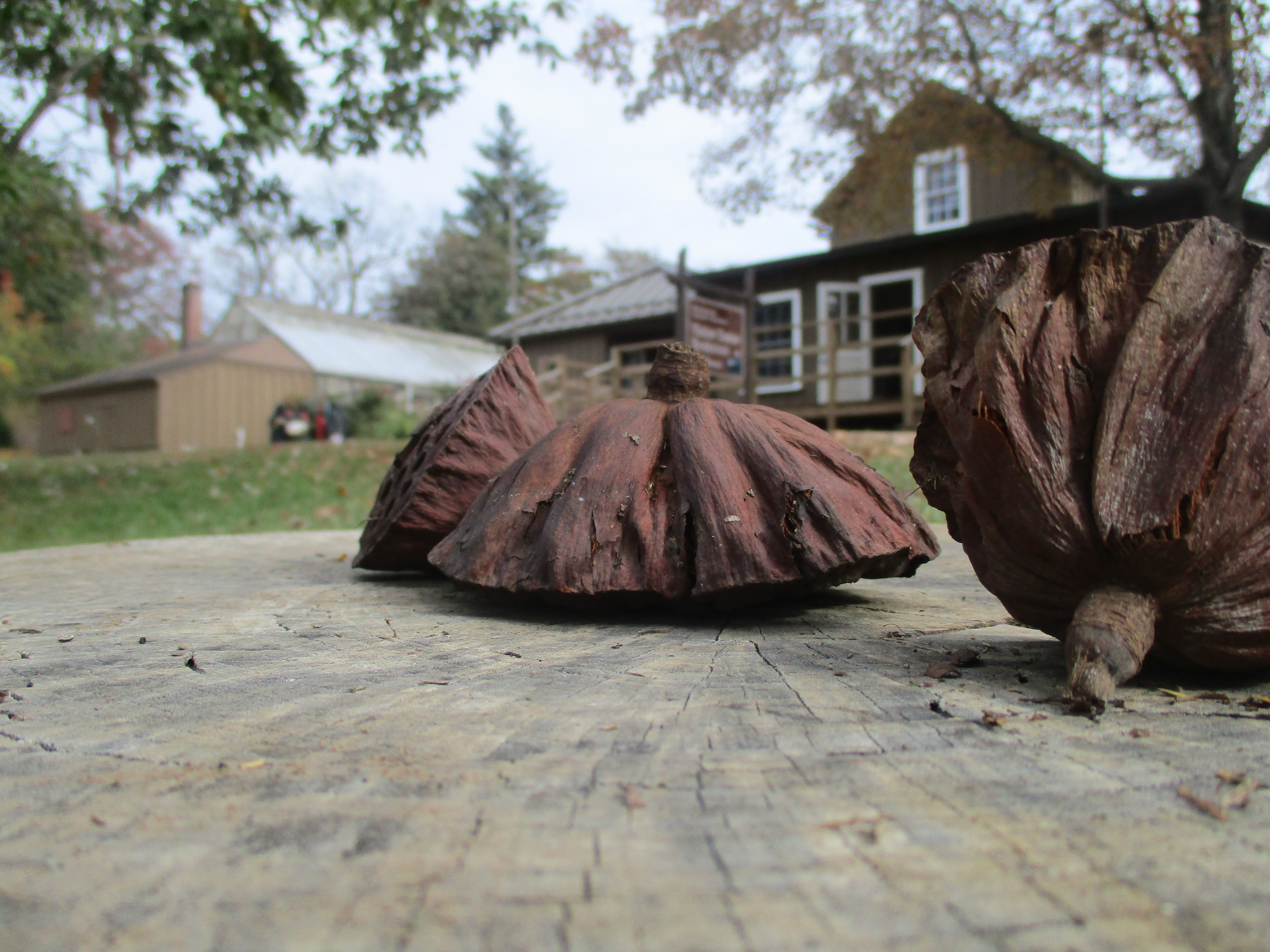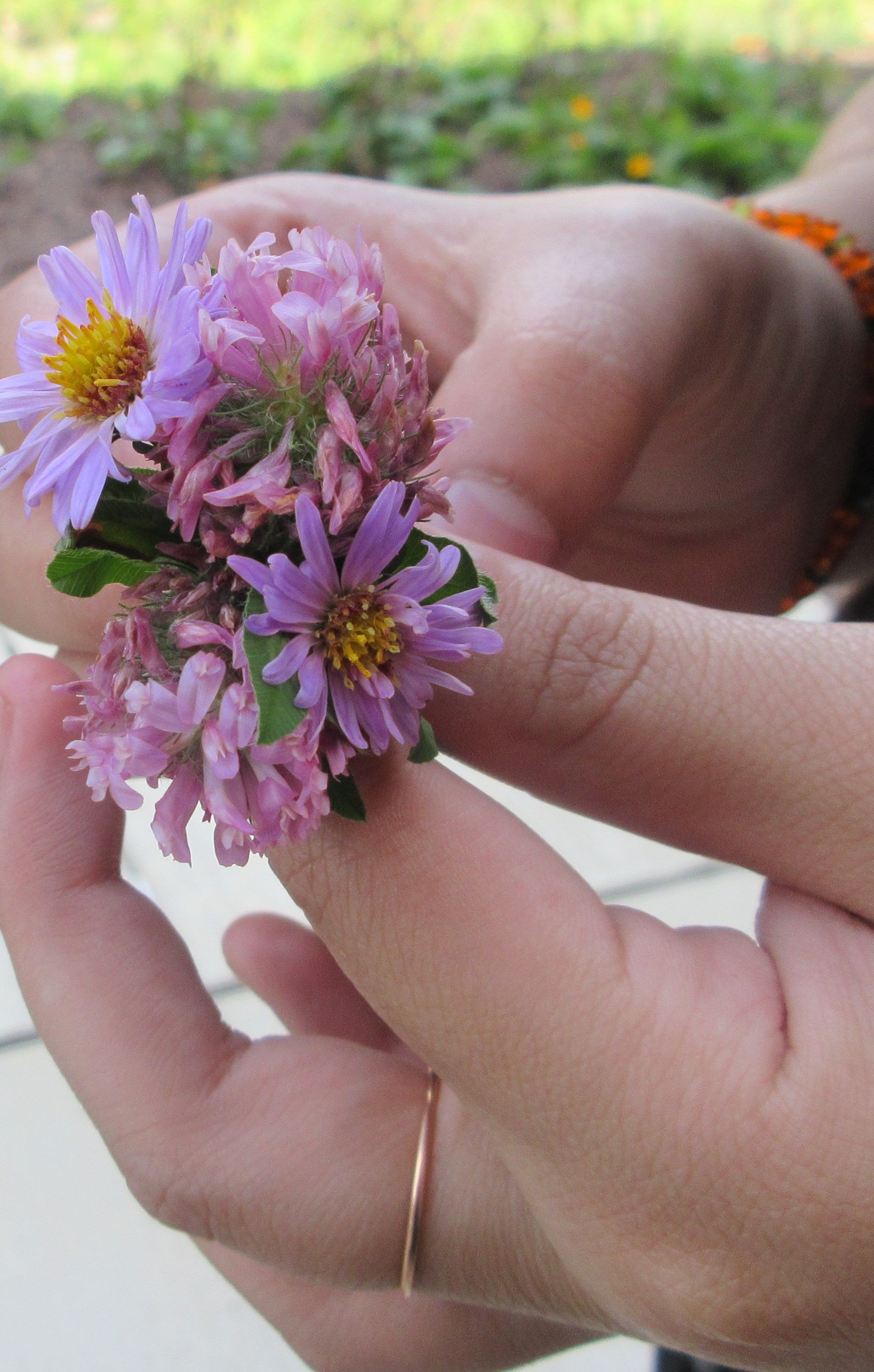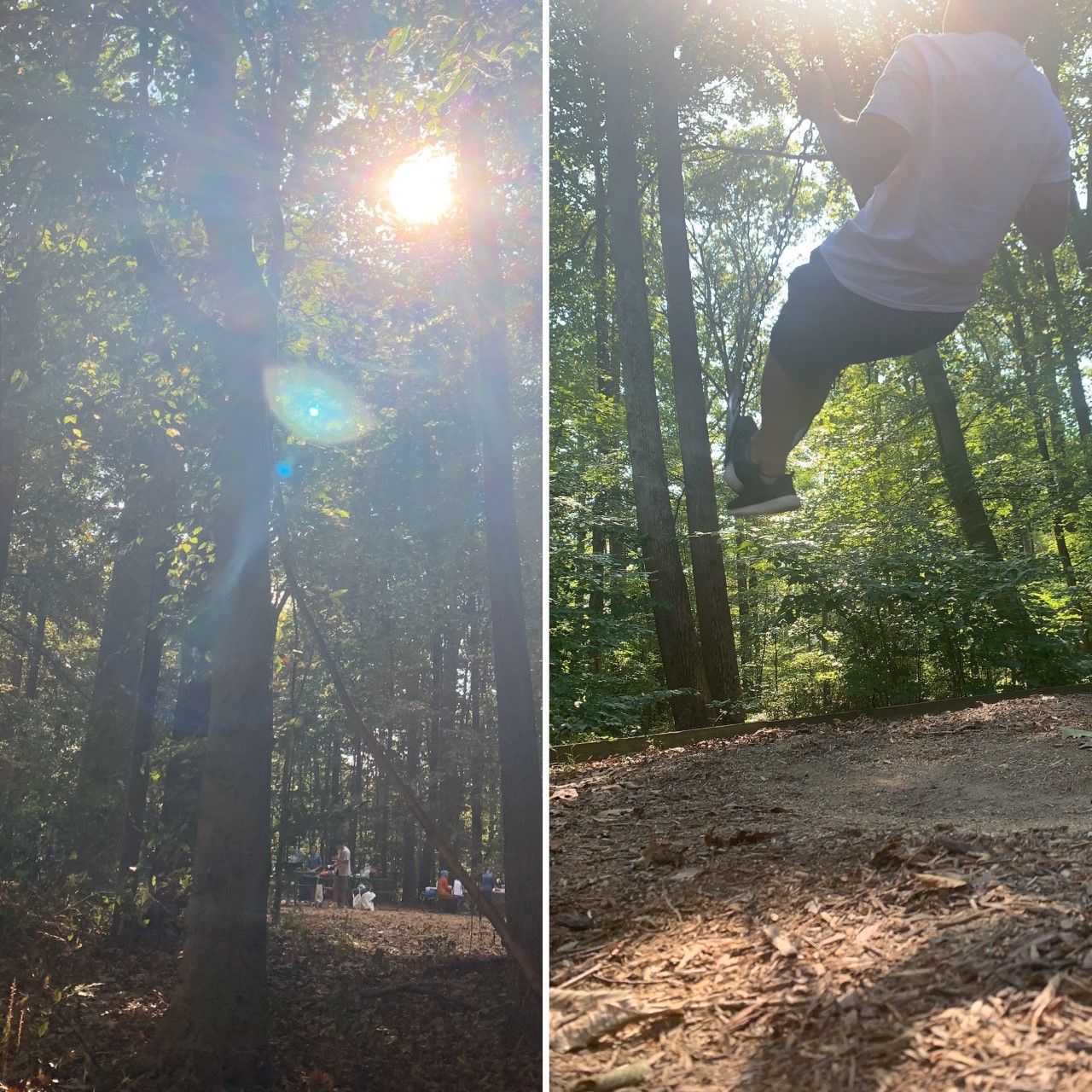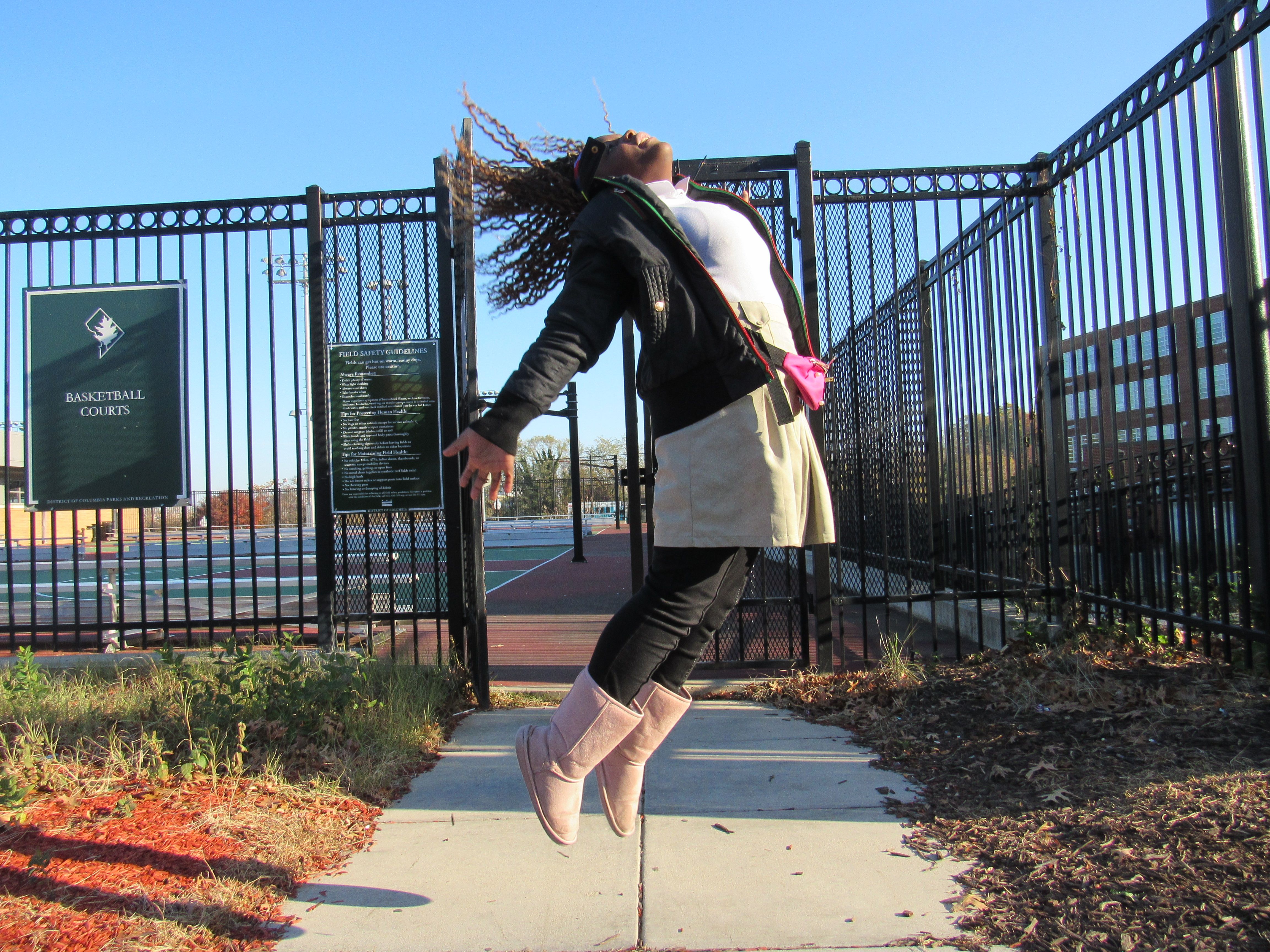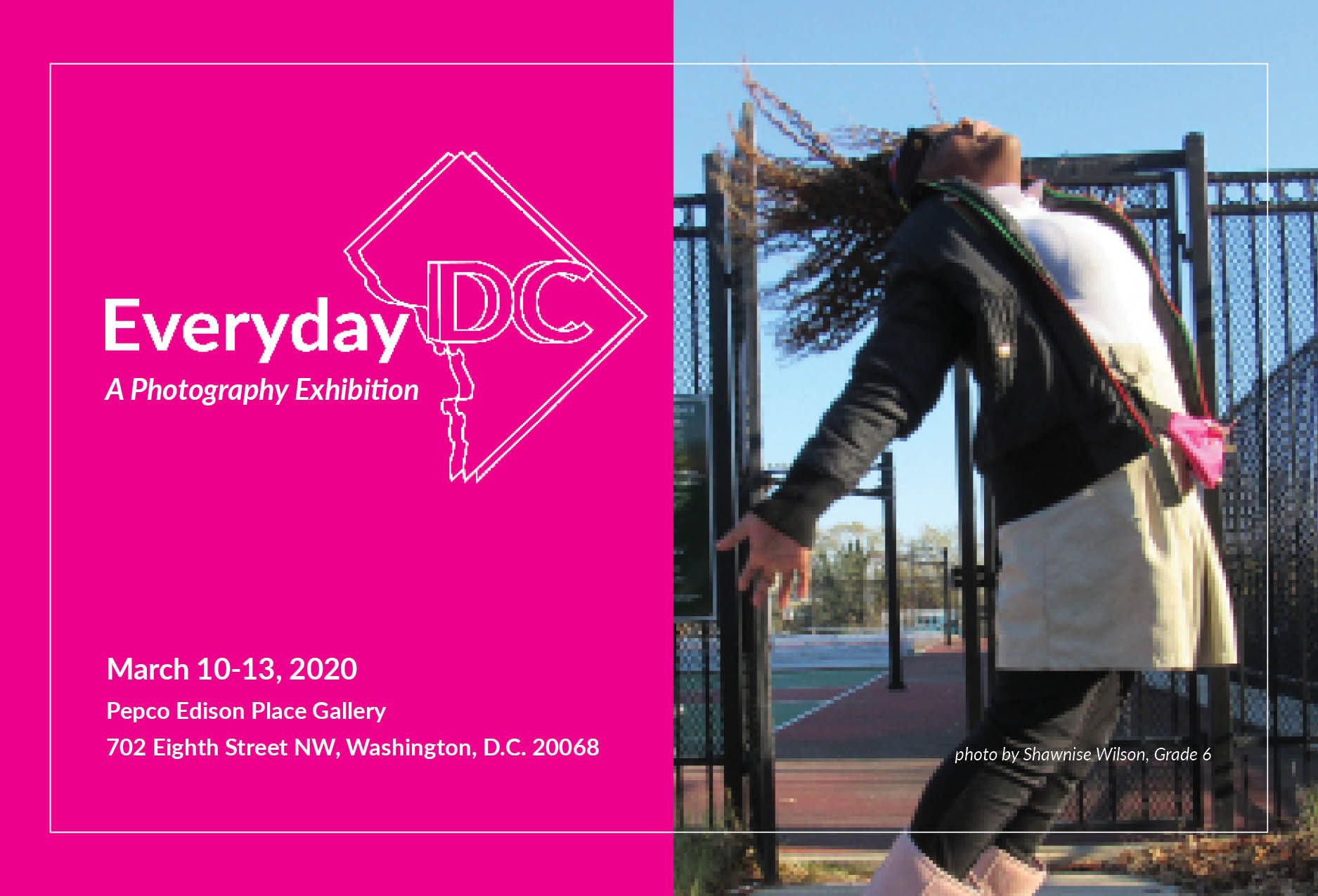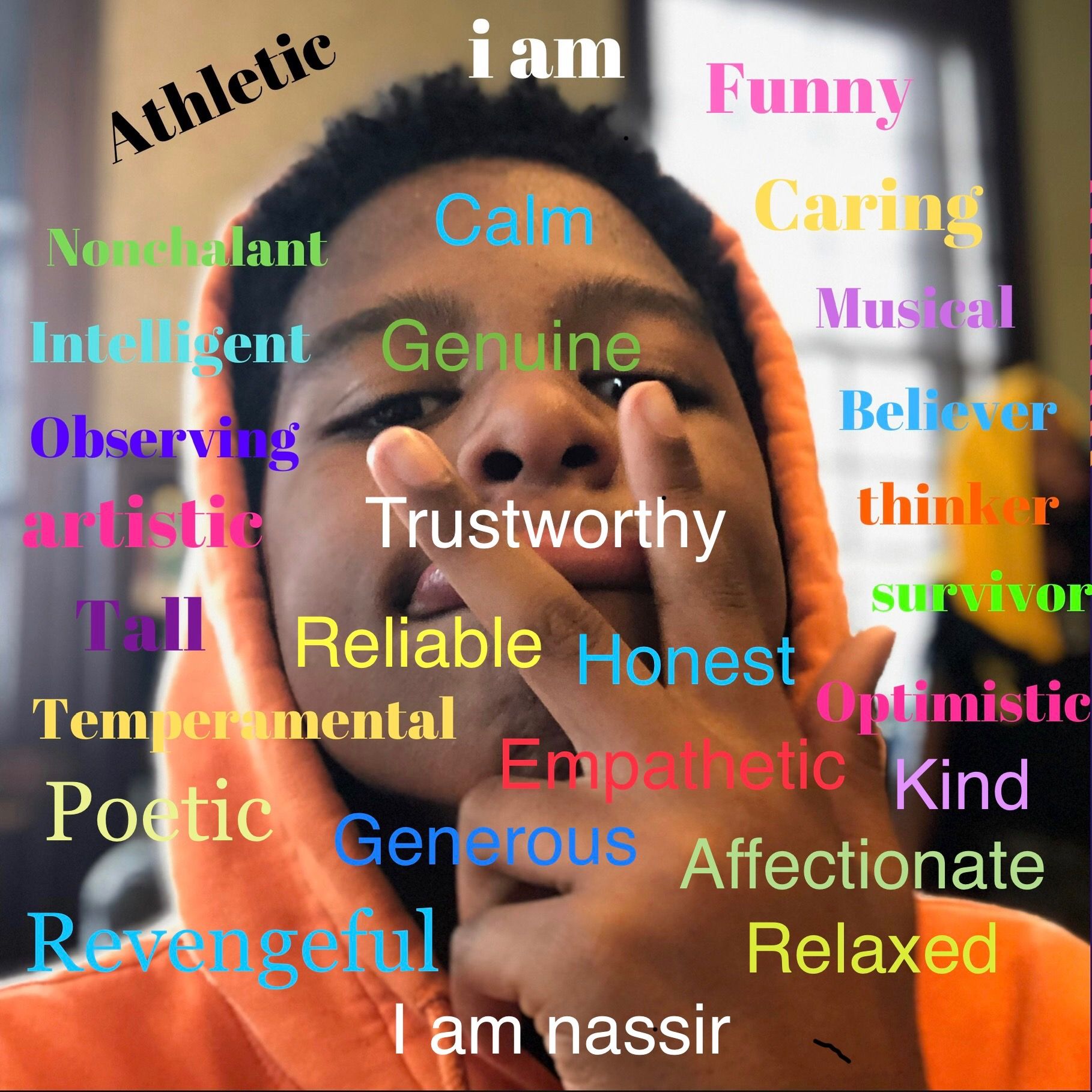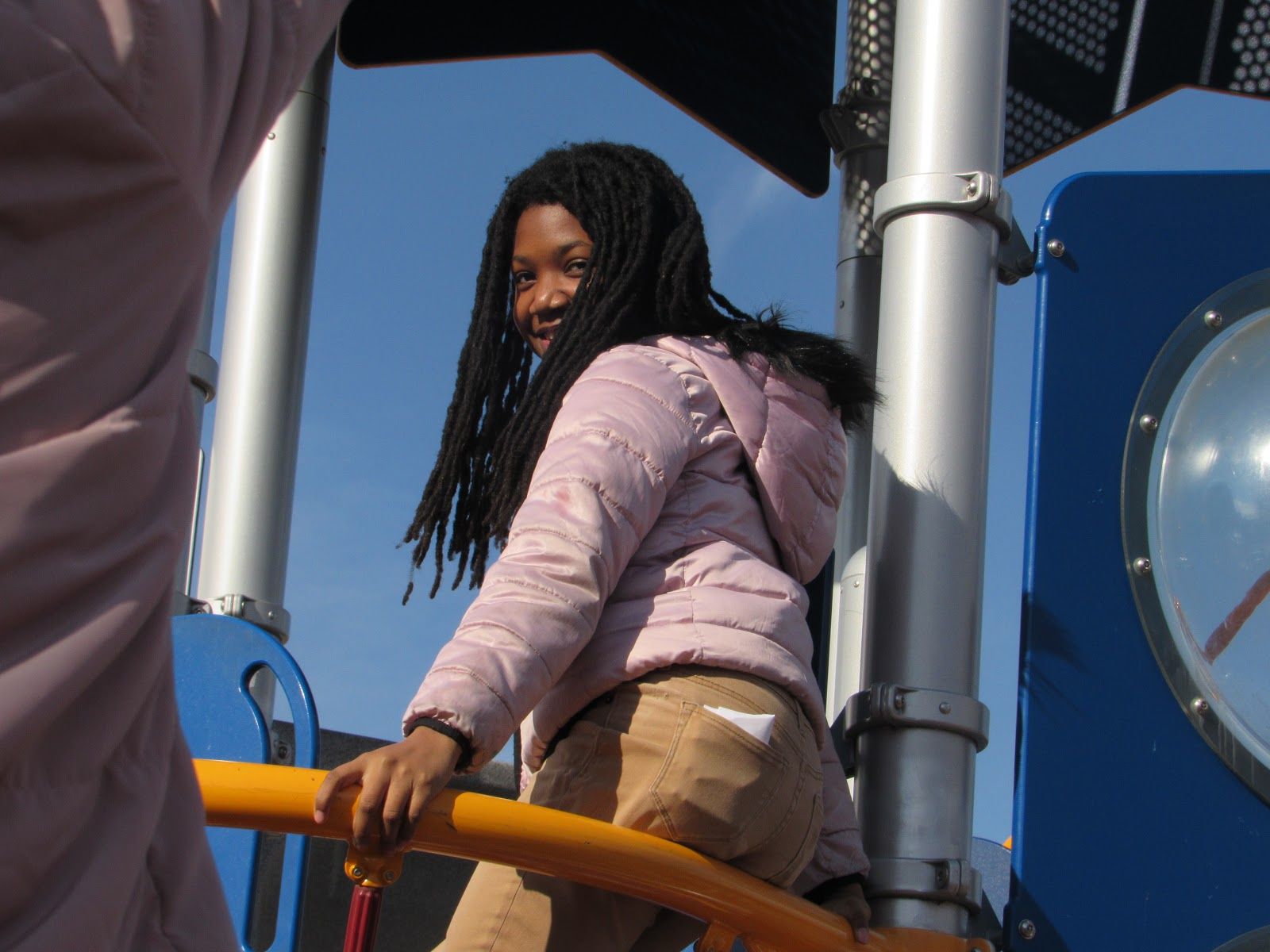On the evening of March 11th, over 100 District of Columbia Public School students, teachers, parents, and other community members came together to celebrate the launch of the Fourth Annual Everyday DC Exhibit. Held at Pepco Edison Place Gallery, and supported by the D.C. Commission on the Arts and Humanities, the event featured more than 150 framed photographs from around the city, speeches from student curators, and a performance from Hardy Middle School’s Jazz band.
‘Dynamic’ is how Hardy Middle School educator Stephen Newbold describes the energy at Pepco Edison Place Gallery that night. “Walking into the gallery on opening night was like fireworks lighting up a night sky,” he said.
Lea Waldridge, Art teacher at Excel Academy Public Charter School, remembers students being almost overwhelmed at the sight of their friends and classmates on the walls. “The show itself was beautifully set up,” she said. “Kids really had to search around to find their work, it was so great that it was all mixed up.
The ‘Everyday DC’ exhibition is the culmination of a visual arts curriculum co-written by the Pulitzer Center and District of Columbia Public Schools (DCPS). The curriculum asks middle school students across the District to think about media representation and stereotyping — of faraway places and of their own city — and then to use photojournalism skills to share images that more accurately represent their everyday lives in the District. In 14 Middle Schools across all eight wards of Washington D.C., over 600 students explored the curriculum with the support of their visual arts teachers, Center staff, and journalist-grantees. They then set out into their communities with cameras in hand to compose images that capture everyday life in the District. Together, their images capture the breath of life in their city and dispel pervasive misrepresentations of their communities. Their images reflected friendship, nature, urban life, and more.
Eleven student-curators from Hardy Middle School ultimately organized photographs selected by each participating school for a final display on view at Pepco Edison Place Gallery. The curators collaborated with Center staff to compose walls made up of images from all 14 schools to communicate their chosen themes, and to highlight the artistry of the over 150 students represented in the exhibition.
Upon arrival, Hardy’s 11-student curation team changed into their pink ‘Everyday DC’ t-shirts while they waited for the gallery to fill with their peers from across the city whose work hung already on the walls of the gallery. At 6:00 pm they then lined up at the center of the gallery with DCPS Visual Arts Manager Lindsey Vance and Pulitzer Center grantee Allison Shelley, who supported photography workshops for students participating in the exhibition, to present opening remarks.
“Some people think D.C. is dangerous, violent or ghetto. They only see news stories about politics and shootings,” the curators said, reading from a poem that they wrote as part of a curators’ note displayed at the entrance of the exhibition. “But how can you blame someone for stereotypes when all they see is one part? To fully understand a place, you need to be there.”
For over an hour after the curators’ speeches, the exhibit was full and energized as children eagerly searched to find their work on the wall to show their parents, and to find their friends’ images too. Curators stood next to the walls they designed and invited reception attendees to reflect on their experiences of the exhibition.
“What do you see?” they asked. “What photos stand out to you, and why?” They then outlined their process for curating the wall with images from different schools.
“I worked on a wall that showed that people in D.C. are very creative. There is a photo of paintbrushes with contrasting colors, a close-up of colored pencils, an image of splattered paint and a landscape picture of a barn with multi-colored flowers painted on it,” said Hardy Middle School student KJ about how he approached curating a wall in the gallery.
“I put together a wall where I started with images that shared the same color: green,” said curator Likuye. “When I put them together, I saw that they also represent that some people in DC have a green thumb. They work delicately, and care about nature.”
Centering the perspectives of Washington, D.C’s middle schoolers, the exhibit aims to add to the world’s understanding of their city. As viewers walk through the gallery, they get a glimpse into schools, community centers, and living rooms across the District. The images also take viewers to parts of the city not often celebrated this way.
Ms. Waldridge said that her students from Wards 6, 7, and 8 don’t often get to shine. “But when they do, they shine really bright,” she said. “[My students] were really excited.”
Everyday DC was inspired by Everyday Africa, an Instagram page started by Pulitzer Center grantees Peter DiCampo and Austin Merrill. DiCampo and Merrill were on assignment in Cote d’Ivoire covering the aftermath of a civil war when they noticed their images of the country, and of the African continent, that made it back to U.S. media outlets were representing only a part of what they experienced living there. So on Instagram, they created Everyday Africa (@everydayafrica) to counteract these pervasive narratives with images of everyday life across the continent’s 54 countries.
Merrill shared his work with Ms. Waldridge’s class during a workshop in October 2019 One of Ms. Waldridge’s sixth grade students, Shawnice, had her photo on the event’s promotional materials and on the pink t-shirts handed out to the students. Ms. Waldridge asked both Shawnice and her subject in the photo, fellow sixth grade student Miracle, to sign her t-shirt for her.
“They were able to tell their stories through powerful imagery and captions,” Mr. Newbold said. To describe how students felt about their stories being on display, he said that “their eyes lit up with pride.”
Nassir, one of Mr. Newbold’s students whose work was featured in the exhibit, insisted that his mother come to the exhibit. “His mother and grandmother were so proud,” Mr. Newbold said. His mother told Mr. Newbold that “when my mother found out he had a piece of art in the show, she left work early so that they could be here to celebrate him.”
Ms. Waldridge remembers the images serving as conversation starters — her own students’ parents wondered aloud where an image of a vintage car, that reminded them of their childhoods, was taken. She heard one of her students, Sanaa, telling her mother all about how the image of her that faced visitors as they walked into the gallery was composed — from where she was to why she posed the way she did. In all, Ms. Waldridge says, the images catalyzed conversations about students’ narratives and viewpoints, about the sometimes under-reported stories of Washington, D.C.
“A lot of people have stereotypes about this city. They might only hear or see certain stories. They might not research for themselves,” wrote KJ in his opening remarks about the goal of the exhibition. “We hope that this exhibit breaks barriers and changes what people think about our city.”
Pepco Edison Place Gallery closed the Monday after the exhibition opening amid the spread of COVID-19 in the city. However, a virtual ‘tour’ of the exhibit via slideshow can be found here. How do the images from the Everyday DC student photographers compare to the images you generally see to represent the District? Share your thoughts by emailing [email protected]. And if you are interested in exploring this unit in your communities, click here to check out the curriculum!

